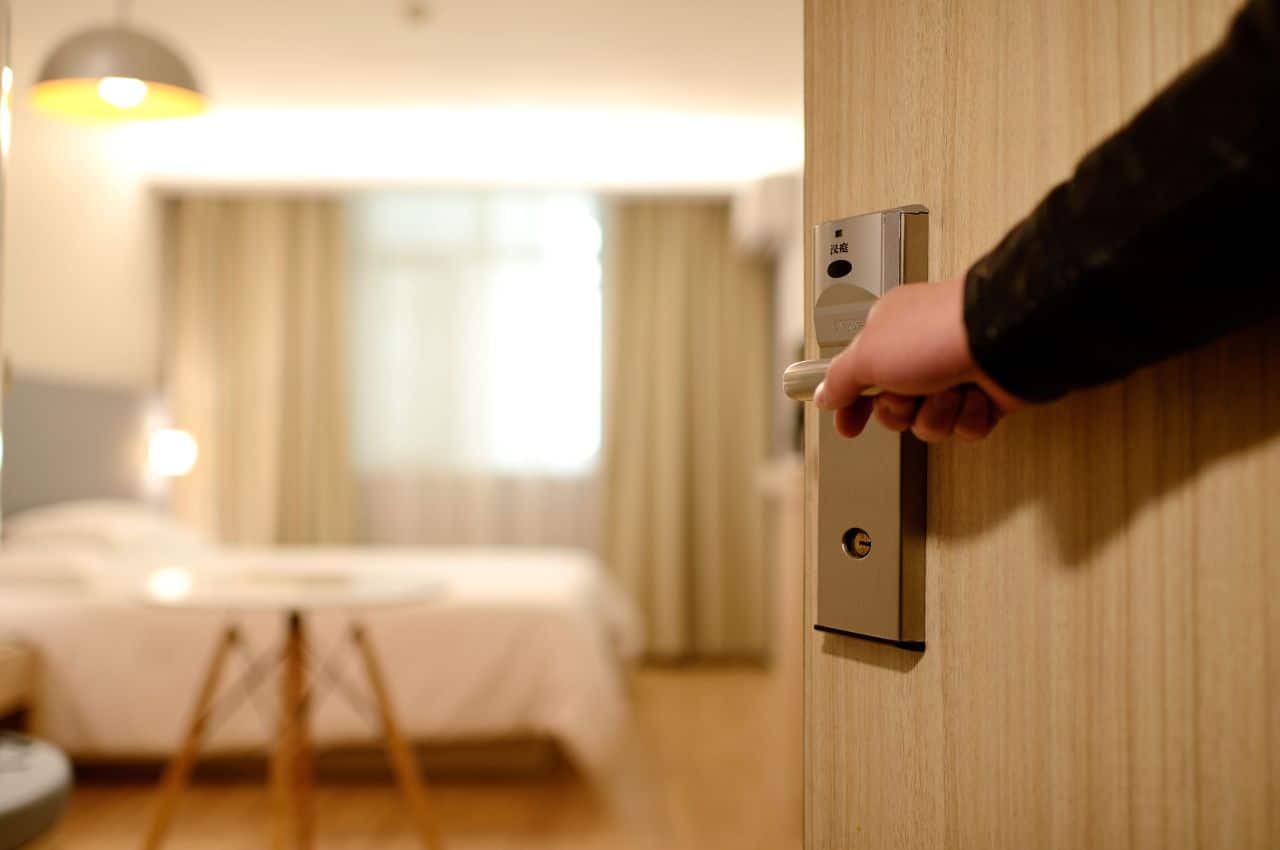How Hotels Manage Pest Hotspots and Ensure Guest Comfort
Share
In the bustling world of hospitality, maintaining a pristine environment is crucial. One of the key challenges that hotels face is dealing with pest infestations. Understanding how hotels manage pest hotspots is essential not only for the health and safety of guests but also for the reputation of the establishment. This article delves into the strategies and techniques hotels use to control pests, ensuring that guests have a comfortable and enjoyable stay.

The Importance of Pest Management in Hotels
Pests can be detrimental to a hotel's operations, affecting everything from the guest experience to the hotel's bottom line. Hotels must be diligent in their efforts to manage pest hotspots effectively. A single sighting of a rodent or an insect can lead to negative reviews and a tarnished reputation. Therefore, hotels invest heavily in pest control measures to prevent infestations and maintain a clean environment.
Identifying Common Pest Hotspots in Hotels
Understanding where pests are likely to thrive is the first step in effective pest management. Common pest hotspots in hotels include kitchens, dining areas, laundry rooms, and guest rooms. Kitchens and dining areas are particularly vulnerable due to the presence of food, which attracts pests like rodents and cockroaches. Laundry rooms provide warmth and moisture, making them ideal breeding grounds for insects. Guest rooms, if not properly cleaned, can also become infested with bed bugs and other pests.
Preventive Measures: Keeping Pests at Bay
Preventive measures are critical in managing pest populations. Regular cleaning and maintenance routines, combined with proper sanitation practices, can significantly reduce the risk of infestations. Hotels often implement comprehensive pest monitoring systems to detect and address issues promptly. This proactive approach helps to identify potential pest hotspots before they become major problems.
Technological Advancements in Pest Control
In recent years, technology has played a pivotal role in enhancing pest management strategies. Innovations such as smart traps and remote monitoring systems allow hotels to track pest activity in real-time. These technologies enable quick responses to any signs of infestation, minimizing the impact on guests. For more on how technology aids in pest control, visit Rentokil's blog.
Staff Training and Awareness
Another critical aspect of managing pest hotspots is staff training. Employees need to be aware of the signs of infestations and the protocols for reporting and addressing them. Regular training sessions ensure that all staff members are equipped with the knowledge to identify potential pest hotspots and take appropriate action. This collaborative effort between management and staff is essential in maintaining a pest-free environment.
Partnering with Professional Pest Control Services
Many hotels partner with professional pest control companies to enhance their pest management efforts. These experts provide specialized knowledge and resources that are crucial in tackling complex infestations. Regular inspections and treatments by professionals help to keep pests at bay and ensure compliance with health and safety regulations. For more insights on integrated pest management in hotels, check out Orkin's article.
Conclusion
Understanding how hotels manage pest hotspots is vital for ensuring the comfort and safety of guests. Through a combination of preventive measures, technological advancements, staff training, and professional partnerships, hotels can effectively control pest populations. By maintaining a clean and pest-free environment, hotels not only enhance the guest experience but also protect their reputation and bottom line.

FAQs
What are common pests found in hotels?
Common pests include bed bugs, cockroaches, rodents, and ants. These pests can thrive in various areas such as kitchens, guest rooms, and laundry facilities.
How can hotels prevent pest infestations?
Hotels can prevent infestations by implementing regular cleaning schedules, maintaining proper sanitation, and using pest monitoring systems to detect issues early.
Why is staff training important in pest management?
Staff training ensures that employees can identify signs of infestations and know the protocols for addressing them. This helps in maintaining a pest-free environment.
